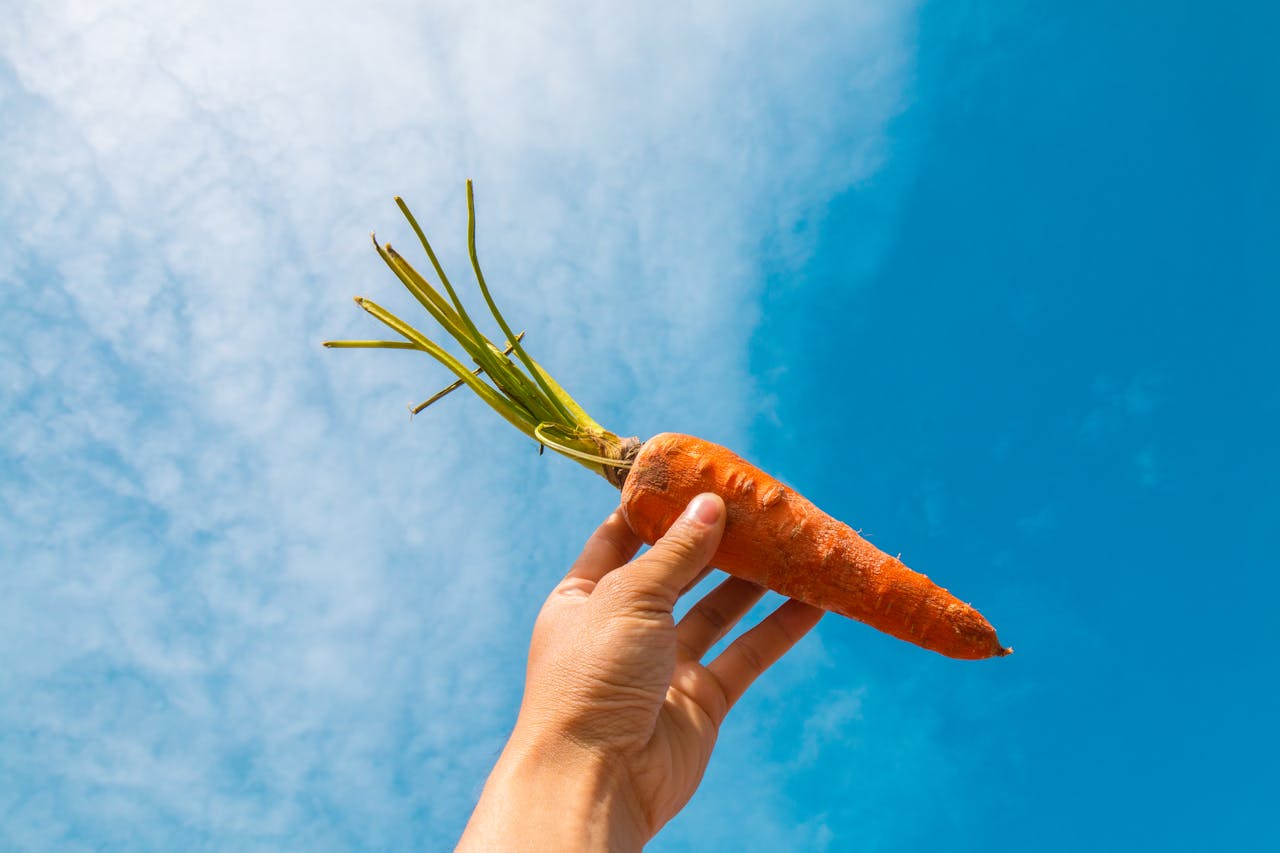How to Grow and Utilize Carrot Sprouts
Carrot sprouts are a nutritious and delicious addition to any garden or kitchen. Here’s a comprehensive guide on how to grow, identify, and use carrot sprouts.
Planting Carrots for Sprouts
To grow carrot sprouts, you first need to plant carrot seeds. Here are the steps to follow:
Preparation
- Choose a sunny location with fertile, deep, well-drained soil. Incorporate plenty of organic matter and a complete fertilizer into the area before planting[1][5].
- Loosen the top layer of soil by raking through it with your fingers and remove any large debris. There is no need for tilling or cultivating[5].
Sowing Seeds
- Saturate the soil with water before planting the seeds to avoid them washing away into low areas[5].
- Plant the carrot seeds about ¼ inch deep and space them approximately 1-2 inches apart. If multiple seeds are dropped in one spot, they will need to be thinned later[1][5].
Soil and Spacing
- Maintain a uniform and moist soil surface to ensure good plant stands. Rows should be spaced 12-18 inches apart, and plants within the row should be about 2-3 inches apart[1].
- Dense plantings can help reduce weed pressure, and planting radishes alongside carrots can help mark the rows and prevent soil crusting[1].
Identifying Carrot Sprouts
Identifying carrot sprouts can be tricky, especially for beginners.
Germination
- The sprout emerges as a tiny green part breaking through the soil[4].
Seed Leaves
- The shoot comes up with two small, rounded seed leaves (cotyledons). These leaves are distinct from the true leaves that appear later[4].
True Leaves
- Within a few weeks, true leaves will develop, which have a feathery, fern-like appearance similar to parsley[4].
Using Carrot Sprouts
Carrot sprouts are not only easy to grow but also highly nutritious and versatile.
Harvesting
- Carrot sprouts can be harvested during the first thinning when they are a couple of inches tall. This ensures that the remaining carrots have enough space to grow[4].
- You can thin the carrots again a month later to enjoy baby carrots while allowing the rest to mature[4].
Culinary Uses
- Carrot sprouts are loaded with nutrients and have a subtle carrot flavor. They can be added to salads, smoothies, or used as a garnish for dishes[4].
Additional Tips
Companion Planting
- Planting radishes with carrots helps mark the rows and prevents soil crusting. Radishes also grow faster and can be used in various recipes, making them a great companion plant[1][4].
Lighting and Growth
- While carrot sprouts can grow in various light conditions, they benefit from gradual exposure to direct sunlight and cold weather. For optimal growth, especially in indoor settings, using LED lighting with a mix of blue and red spectra can enhance their nutritional content and growth rate[3].
Important Facts About Carrot Sprouts
- Planting Depth and Spacing: Plant carrot seeds ¼ inch deep, with seeds spaced 1-2 inches apart and rows 12-18 inches apart[1][5].
- Soil Conditions: Carrots prefer sunny locations with fertile, deep, well-drained soils enriched with organic matter and complete fertilizer[1][5].
- Identification: Carrot sprouts have a slender green shoot with two small, rounded seed leaves (cotyledons), followed by feathery, fern-like true leaves[4].
- Harvesting: Harvest carrot sprouts during the first thinning when they are a couple of inches tall, and again a month later for baby carrots[4].
- Culinary Uses: Carrot sprouts are nutritious and can be used in salads, smoothies, or as a garnish[4].
- Companion Planting: Radishes help mark the rows and prevent soil crusting, and they pair well with carrots in recipes[1][4].
- Lighting: Gradual exposure to direct sunlight and cold weather is beneficial. LED lighting with blue and red spectra can enhance nutritional content and growth rate[3].
By following these guidelines, you can successfully grow and enjoy the nutritional benefits of carrot sprouts in your garden and kitchen.



